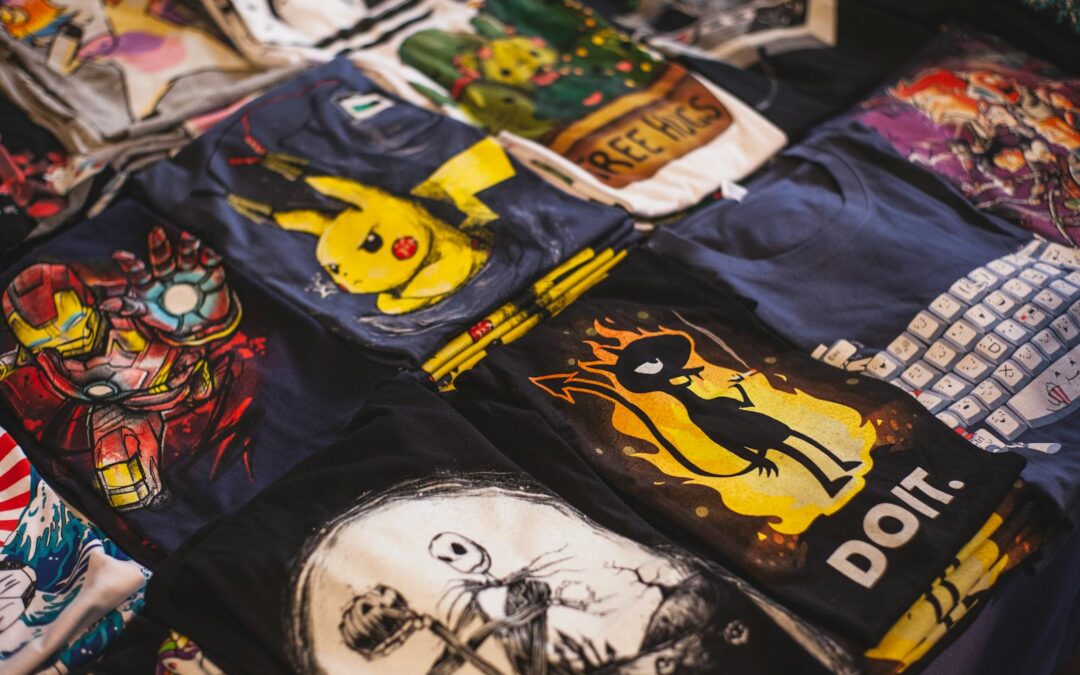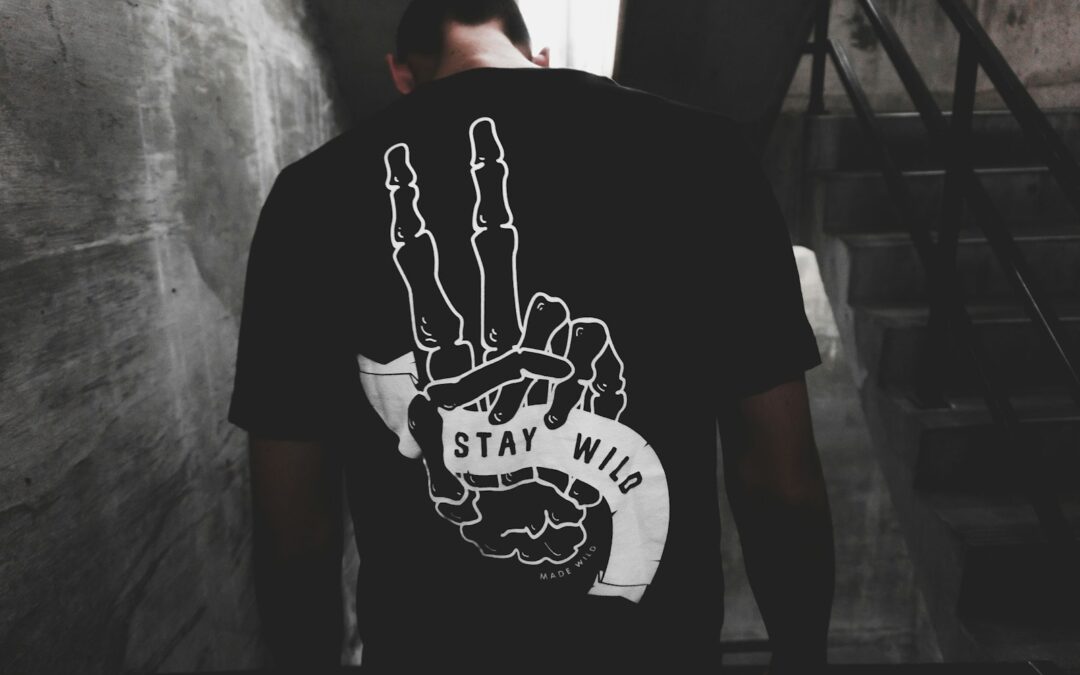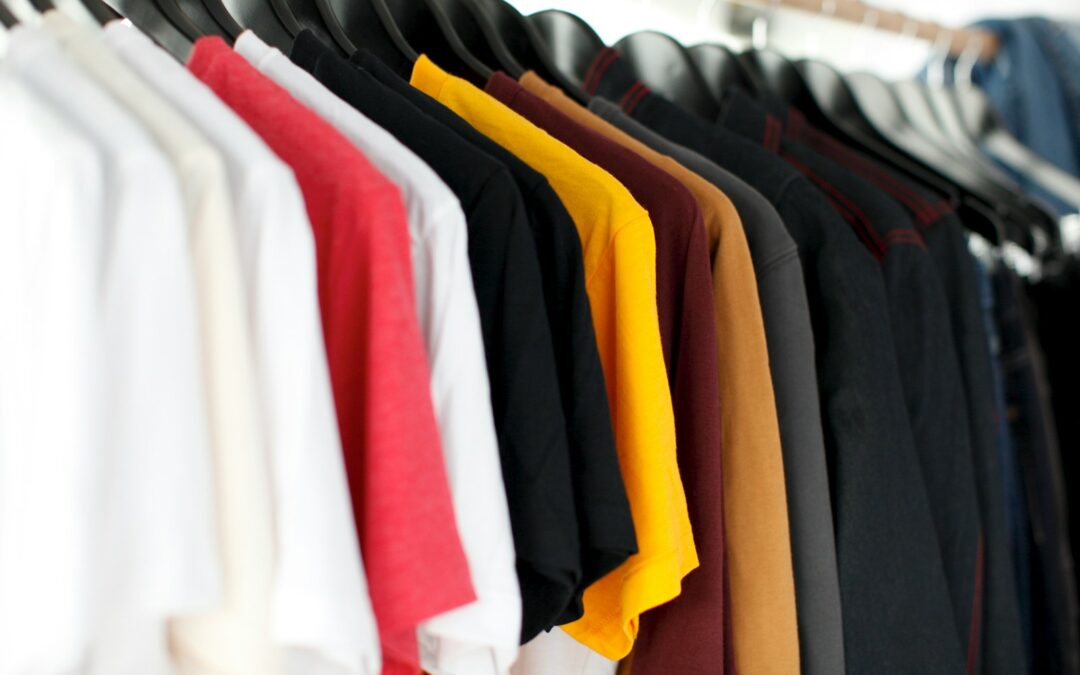There’s a new kid on the block in the printing world, and it’s called direct-to-film transfer (DTF). So what is DTF, and why should you care? In a nutshell, DTF is a printing process that allows you to bypass the traditional offset printing route and go straight to the printing.
This results in faster turnaround times, decreased costs, and higher-quality prints. In this article, we will take a look at the benefits of direct to film transfers, how it works, and some common applications.
What Is Direct To Film (DTF) transfers?
Direct To Film (DTF) is a printing process that transfers images and text directly from a computer to a film printer. This method allows businesses to produce prints quickly and accurately while providing superior image quality compared to other technologies. The DTF printing process is upgraded based on traditional heat transfer. Therefore, it can perform one-stop hollow printing without a cutting plotter, hollowing machine, laminating machine, or other sundries.
Direct To Film technology involves printing designs on a special film, applying and melting a powder adhesive to the printed film, and pressing the design on the merchandise or garment. Over time, businesses have made the switch from DTG to DTF because of the cost savings and highly efficient printing process.
Things To Know About Direct To Film Printing
Before diving into the importance of Direct To Film printing, let’s take a closer look at what makes it different from other methods.
PET Films
DTF images are printed on PET films, which are made up of several layers. The most critical layer is the PET Release paper, which acts as a carrier sheet for printing the design. This ensures that only the areas with designs get heated and adhered to while the other parts remain cool.
Use Hot Melt Adhesive Powder
It is also essential to choose the right adhesive for DTF printing. The adhesive should be able to work with the fabric and adhere well without leaving any residue. Heat transfer adhesives are available in different types, so it’s essential to find one that works best for you.
Fabrics Don’t Need For Pre-Treatments
One thing to also consider in DTF printing is that fabrics do not need pre-treatments like with DTG printing. Therefore, the process can save time and money in the long run.
Versatility Of Materials
If you run a printing business, you know versatility is key to success. Direct To Film printing opens up a range of materials that can be printed on, including cotton, polyester, rayon, spandex, and more.
Reasons To Use Direct To Film Transfer

There are tons of printing methods out there. They include screen printing, sublimation printing, and Heat transfer vinyl printing. So what makes DTF printing stand out from all of them? Here are some benefits of using DTF printing over other printing methods:
High Printing Quality
Direct To Film transfer ensures high-quality printing, giving you crisp and clear images. The images will last a long time without fading or peeling off. Although DTG printing also produces high-quality prints, DTF offers a higher level of detail and resolution.
Cost Efficiency
DTF transfers are cost-effective since you don’t need to buy lots of equipment or materials. It also requires less workforce, which can help save costs in the long run. This is especially beneficial for businesses with a limited budget. Asides from this, Direct-to-Film printers are way less expensive than DTG printers.
Eco-Friendly
Direct To Film printing is an eco-friendly option since it doesn’t use tons of chemicals or other hazardous materials. This makes it an excellent choice for businesses looking to reduce their carbon footprint. Also, DTF ink is usually water-based and environmentally friendly.
Simple Set Up
Unlike other printing methods, setting up a DTF printer is relatively easy, and the process is also straightforward. Once the design has been printed on the PET film, all you need to do is apply the adhesive and press it onto the garment or merchandise. This makes it convenient for businesses that need a quick turnaround.
Durability
DTF transfers are incredibly durable. The prints won’t fade or crack even after multiple washes, so you can be sure that your customers will get what they paid for. This also makes it a great option for businesses looking to print long-lasting merchandise.
Simple Clean Up
Direct To Film transfers are easy to clean up. All you need is a damp cloth and some supplies, and the printing equipment can be wiped down quickly.
Smooth Finish

DTF transfers offer a smooth finish that looks professional and polished. The prints are also highly detailed, which helps create eye-catching merchandise that customers will love.
Wide Range Of Colors
Direct To Film technology allows businesses to print in a wide range of colors, ensuring that their designs stand out and are visible from far away. With DTG printing, it is more difficult to get vibrant and dark colors.
Fast Turnaround Time
Direct To Film transfers are very fast, which is a great benefit for businesses that need to produce merchandise quickly. It takes less time than traditional screen printing, so you can get the job done quickly and efficiently.
Can Be Applied On A Wide Range Of Materials
You’re not limited to only 100% cotton when using DTF printing- in fact, it works on a wide variety of materials like nylon, treated leather, polyester, 50/50 blends, and light or dark fabrics. You can apply your designs to all sorts of surfaces beyond just fabric too- think luggage, shoes, and glass, as well as wood and metal. This way, you can sell a whole range of merchandise with your unique designs.
Uses Less White Ink
DTF Printers utilize considerably less white ink in prints – around 40% versus the 200% needed for DTG. Funnily enough, white is often the priciest color since more is used, so DTF can save you some dough.
With the many advantages of Direct To Film technology, any forward-thinking business in the printing industry should utilize this new technology. By using DTF transfers, businesses can save time and money while producing high-quality prints that last for a long time.
Direct To Film (DTF) Process
With the right materials and equipment, the Direct To Film (DTF) transfer process is simple and straightforward. The step-by-step guide for the DTF process is as follows:
Print On Film
The first step is to print the design on a PET film. This can be done with an inkjet printer or other digital printing technology. Here, you will print the entire image in white on the PET film by using the appropriate color settings in the printer. The most crucial point to remember is that the print on the film must be a mirror image of the exact image that needs to appear on the fabric.
Apply Adhesive Powder
Once the design is printed on the film, you will apply the adhesive powder for it to stick onto the garment or merchandise. This step is essential and should be considered as it ensures that the transfer can stick firmly to the fabric.
Melting The Powder
The next step is to melt the adhesive powder onto the fabric. This is achieved by using a hot press machine or a heat transfer gun. The temperature and pressing time will vary depending on what type of fabric you are using, so it’s important to use the right settings for optimal results.
Pressing
After the adhesive powder has been melted, the next step is to press the PET film onto the fabric or merchandise. This should be done with a hot pressing machine or heat transfer gun with even pressure and for the amount of time specified by the manufacturer.
Transferring
This is the main step of the Direct To Film transfer process. The print on the PET film is transferred to the fabric or merchandise with a heat press. This should be done slowly and with even pressure to ensure that the design is transferred correctly.
Peeling
Finally, you need to peel off the PET film from the fabric or merchandise. After peeling, you will be left with the design printed on the fabric or merchandise. This is what makes DTF transfers so much faster and easier than traditional screen printing methods.
By using Direct To Film technology, businesses can save time and money while producing high-quality prints that last for a long time. The process is easy to understand, making it an ideal choice for businesses, especially those with tight deadlines. With all these benefits, Direct To Film (DTF) transfers are essential for any business.
Transform Your Image with Limitless Transfers
Want to bring your designs to life? Limitless Transfers is here to help you out! We use Direct To Film technology, allowing you to transfer a printed design onto any garment or item. With our state-of-the-art equipment, we can produce high-quality prints that last longer than traditional methods.
Also, our team of highly skilled professionals is on standby to help you with all your needs from start to finish. From helping you choose the right materials to providing technical support and assistance, Limitless Transfers will be with you every step of the way. Contact us today, and let us help you create an eye-catching design that takes your business to the next level!




